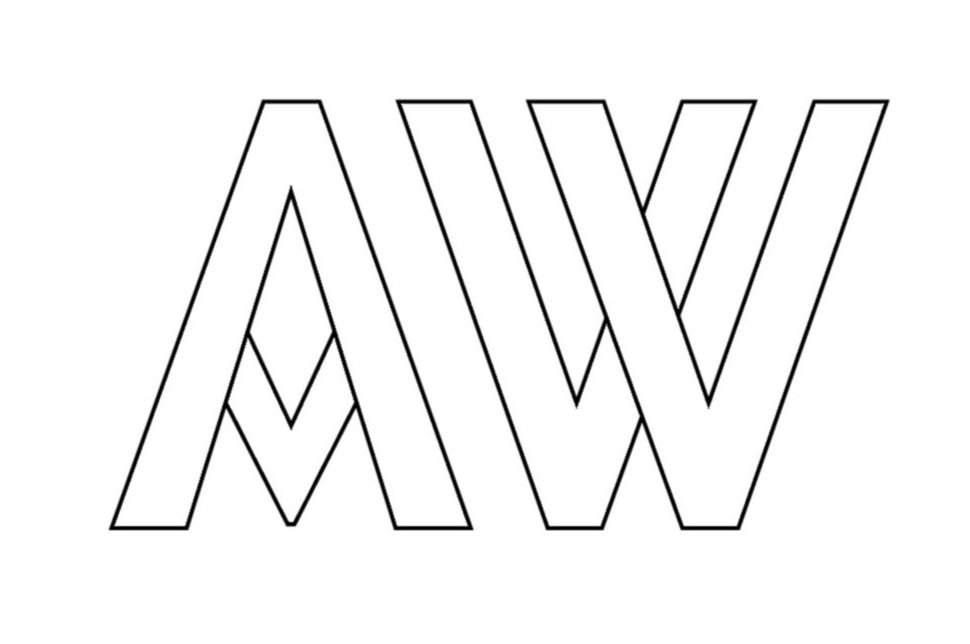ABOUT
I am a Chilean-born interdisciplinary artist living and working in New York. My work consists of ongoing research into the relationship between personal memory and cultural practices of remembering. I create multimedia installations that explore how technology, media and memory affect and transform each other, creating models of remembrance that are culturally shaped.
Working with an archive of found footage, with anonymous stories - I leave an open space to be filled by the meaning that each of us brings to the work through our personal experience. My installations are places in which memory becomes an action that is constantly actualized in the present, while recognizing a system in which the function of the past is not that of truth but of desire.
I hold MFAs in Documentary Filmmaking from Universidad Autónoma de Barcelona and in Digital Arts from Universitat Pompeu Fabra, and an MPA in Interactive Telecommunications from NYU. In 2013, I was a fellow at the Artist in the Marketplace Program at the Bronx Museum, culminating in the biennial exhibition “The Bronx Calling”. In 2015, I was an artist in residence at the IFP New York Media Center and I am currently a member at NEW INC, the New Museum’s incubator program. I have shown my work and given lectures and workshops widely in New York and internationally, in venues such as: Festival Sonar Santiago; New Media Biennial (2009 & 2011) at the Museum of Contemporary Art in Santiago, Chile; Museo de la Memoria y los Derechos Humanos, Santiago; Centro Cultural Palacio de La Moneda, Santiago; Galería AFA, Santiago, Sala de Arte CCU; SPRING/BREAK Art Show (2015 & 2017), New York; NEW INC’s “Public Beta” at the New Museum, New York; Bitforms Gallery, New York; Dumbo Arts Festival, New York; the Paley Center for Media, New York; Scholes 319, New York; Brooklyn Fire Proof, New York; Wave Hill, New York; MIT Media Lab, Boston; Utah Arts Center; Digital Culture Center, Mexico City; VIZZI Festival, Kiev, Ukraine; Tou Scene, Stavanger, Norway; and Medialab-Prado, Madrid.
I also founded and directed REVERSE, a nonprofit art space in New York for the development of new ideas and interdisciplinary practices, promoting artistic collaboration and innovative projects at the intersection of art, science, and technology. Between 2012 and 2016, REVERSE hosted more than 30 exhibitions, multiple performances, and an active calendar of workshops taught by a diverse roster of artists.
*********
I believe that memory is narrative construction, and that every time we remember we tell a new story. Every memory is a new memory. Remembering implies the production of objects, which are not static repositories but dynamic triggers of perception through which remembrance is activated. And there’s a dialectical relation between those and memory, where both condition each other.
I am interested in the memory objects we produce that become an index of lived experiences, a representation of a former self. For ten years now, I have been collecting super8 and 8mm films, family albums, and postcards – creating my own archive of home movies and found footage. Working with this archive of anonymous stories, I leave an open space to be filled with the meaning that each of us brings to the work through our personal experience.
I activate this inventory by exploring methods of physically representing the archive of memories as an embodied experience. My latest video installations and video sculptures transform two-dimensional memory objects into three-dimensional physical experiences. Using techniques such as projection mapping and algorithmic manipulations, I combine home movies, vintage photos and postcards with physical objects ranging from intimate dioramas to large-scale floating panels of plexiglass. I work with open-ended series of work that evolve through experimentation and that can be exhibited in different formats, and adapted to different spaces.
My installations are places in which memory becomes an action that is constantly actualized in the present, and that recognizes a system in which the function of the past is not that of truth but of desire. And driven by desire, memory allows for both preservation and erasure, and media objects can be manipulated to facilitate new versions of the past.
Having grown up in pre-Internet society, but currently living in the Information Age, my work dialogues between these two world-views. As I revisit with nostalgia the printed photographs of my childhood and the videos that my father recorded with his VHS camera, I also take countless photos with my iPhone that accumulate in my iCloud, and carefully select the images that I share on my Instagram.
Digital media has transformed the ways in which we engage with our personal past. Accessibility, transferability, and circulation of digital content have changed how we remember and forget. We obsessively capture and edit our lives, constantly documenting the instant present, and making personal memories immediately available on our social networks.
In the Age of the Image, we believe that the past becomes accessible through our images. We collect the portrait of everything we wish to remember, or do not wish to forget. Images become our memory, allowing us to fix time – to resist leaving the moment in the past without ensuring its return. In the Information Age, our new networked memory produces a ‘continuous present’. Driven by nostalgia, I still visit those devices of resistance, while trying to understand how to remember in the age of the image that disappears.

